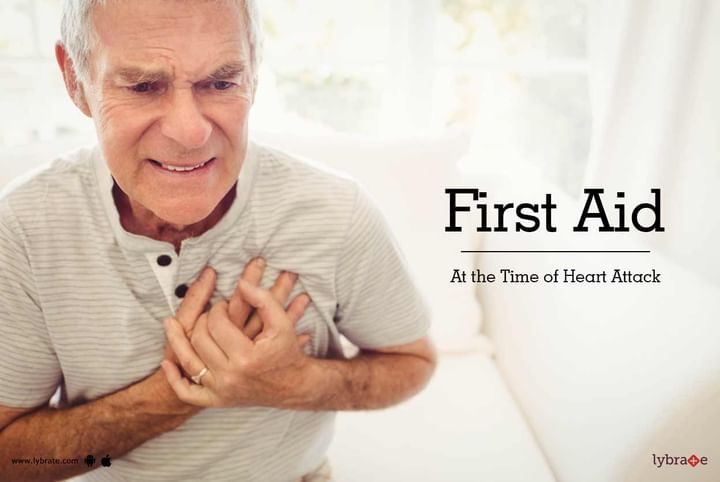First Aid: at the Time of Heart Attack
There was a time when only the elderly were at risk for a heart attack. Today however, anyone can have a heart attack. Symptoms of an oncoming heart attack are often misunderstood. When it comes to first aid for a heart attack, every second is precious and hence it is important to be clear about what a heart attack looks and feels like.
Here are a few symptoms of heart attacks to look out for.
- Feeling of weight on the chest
- Stomach pain with nausea and heartburn
- Radiating pain on the left side of the body, particularly on the arm
- Dizziness and shortness of breath
- Pain that moves from the chest to the throat and jaw
- Extreme exhaustion and weakness
- Cold sweat
The first thing to do if you or someone around you experiences a heart attack is to call a doctor. Call emergency services and ask for an ambulance to be sent at the earliest. Lie down and try to relax. Any form of exertion can worsen the situation. If you are alone, do not attempt to drive yourself anywhere. If an ambulance cannot get to you, ask someone around to drive you to the doctor.
Chewing on an aspirin immediately after a heart attack can help save a life. Aspirin has blood thinning properties that can increase the supply of blood to the heart. Studies have shown that chewing an aspirin is better than simply swallowing it in case of a heart attack.
If the patient loses consciousness at any point, check their heart rate. In case the person's heart stops beating attempt to perform CPR to restart the heart. This can restore partial supply of oxygenated blood to the heart. To perform CPR have the patient lie down on the ground and kneel beside them. Place your right palm on the center of their chest and place the left hand over it while interlocking the fingers. Keep your arms straight as you press down on the chest at regular intervals. Try and achieve 100 compressions a minute.
Living a healthy lifestyle can lower the risk of suffering from a heart attack. Cholesterol is one of the most common triggers of a heart attack. Eat a diet rich in fiber and low in fats and salt content can lower your cholesterol levels. This combined with regular exercise can also help maintain a healthy BMI that would in turn lower the risk of having a heart attack.



+1.svg)
